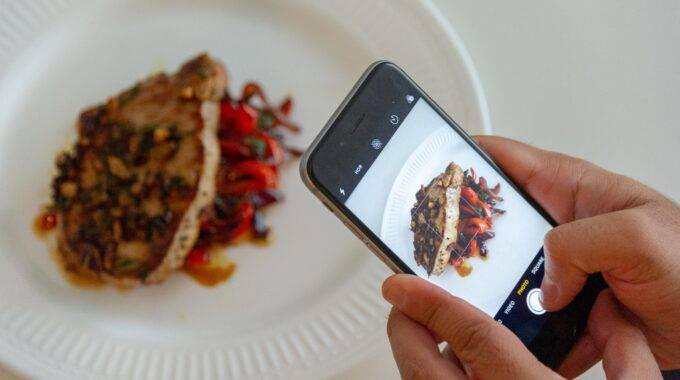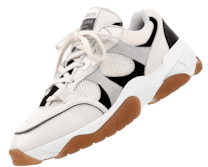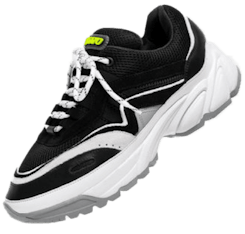Food Photography: How to Capture the Best Photos of Your Food
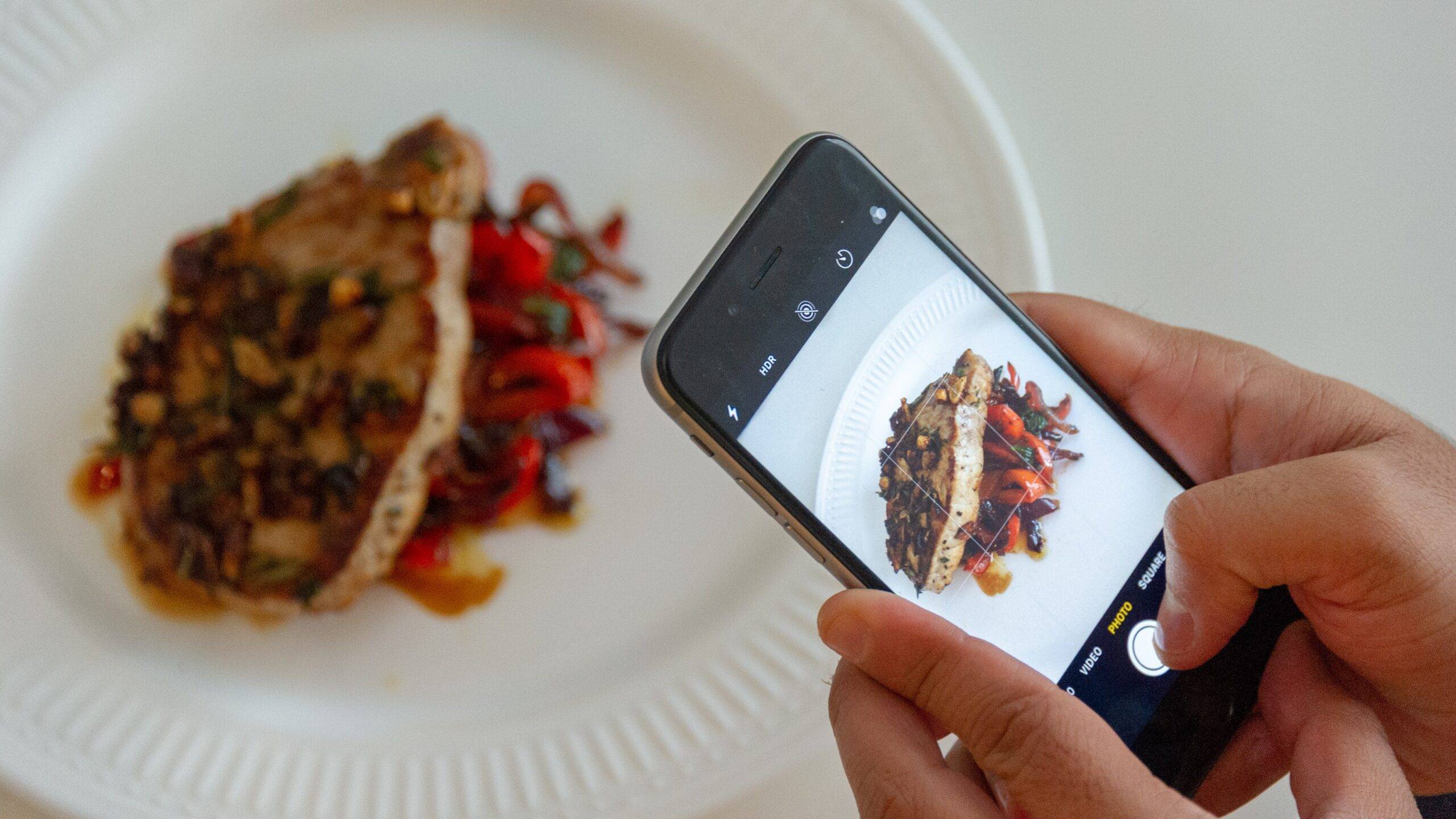
There’s nothing like looking through a restaurant’s menu, website, or social media and finding shot after shot of mouth-watering goodness. Good food photography isn’t just pleasant to look at—it’s also critical for the livelihood of your food business.
Think about it: Have you ever seen food photography that looks unappetizing or boring, only to write off the brand? That’s what makes it so important to give some special attention to your photos.
But don’t worry—there’s no need to spend thousands hiring a professional food photographer or buying sophisticated equipment. In this article, we’ll go over some key food photography tips to help you take the best photos, no matter your budget.
Start selling online now with Shopify
Start your free trial
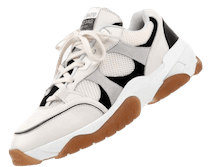
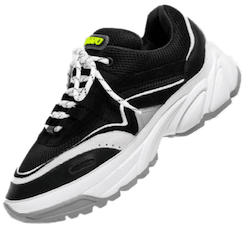

1. Arrange your food
Arranging your food, called “plating” in the restaurant industry, is a key part of what builds someone’s first impression of your food. It builds the baseline for the aesthetic you’re creating with your food pictures.
Here are some tips for great plating:
Make sure your food is the star of the photo. Generally speaking, the food you want to capture should be in the middle of your photo. You can accent this by putting it …